Make Way for Women in Trains and Taxis.
My first text message for today was from my friend Alci telling me about a cover story in today’s New York Times. Something about Indian women and women only compartments in trains. “Indian Women find New Peace in Rail Commute” talks about how the Indian Government has started ‘women only’ compartments in trains in the big urban cities of New Delhi, Mumbai, Calcutta and Chennai as a way of providing more safety to larger numbers of working women who have entered the work force in a country that is patriarchal and gender dictated in many ways.
Now I know that ‘Ladies Specials’ as they are also called have existed for a while in Mumbai local trains and some seats are even reserved for ladies in buses in different cities. When I was in Bombay I would travel by the general compartment, only if I had a male friend along and even then I got glares and stares my way. The one exception was one late night after filming when I got on and started taking pictures with my camera. I ended up making friends with two mothers and their children on their way back from a wedding which is a separate incident all together.
So to be perfectly honest this cover story on the New York Times front page comes as a surprise to me. Yes I admit that many westerners might find this story shocking and news worthy in many ways. Being victimized and asserting their rights is an issue that Indian women face on a daily basis thanks to a legacy which consists of traditions like ‘sati‘, where women would burn themselves along with their dead husbands on the funeral pyre, female infanticide and foeticide, notions of purity and pollution from the caste system that lead to maternity deaths, dowry and even dowry deaths. The fact that Indian women are empowering themselves, becoming financially independent and standing on their own two feet to get to work and earn for their family is a step that is in effect a giant leap across decades of norms and traditions. So yes I think it’s a positive step to ensure ladies have a safe commute to their workplace.
And why not?! It’s what the New York City MTA is trying to enforce through their new anti harassment ad campaign that I saw the other day in the subway. Enough ladies in New York have a hard time in public spaces and this too in a country that championed female empowerment and suffrage half a century before India even became free of the shackles of colonialism.
So I still wonder why the NYT’s put this story on it’s cover today and that too without even mentioning the efforts made by it’s own Mass Transit Authorities to ensure a peaceful commute to ladies. The ‘white man’s burden’ was what the British called their efforts to help educate and empower the masses in India. Under this guise of charity work they enacted a subtle and enslaving colonialization. Talking of the distress and oppression of women in India or Afghanistan can also be the perfect PR war cry to ensure independence to Afghanistan and its women. History has proven that women are often used as pawns in some man’s game of power politics.
Which makes me think of Sameena, a woman who plays by her own rules. She is 23 years old, Muslim and divorced her husband because he would beat her. She stands up for what she believes and wears a burkha most of the time. Except for when she sits in the front seat and drives a taxi in Mumbai. A woman that represents great independence and shatters many stereotypes in one drive. You’ll hear more from her soon.












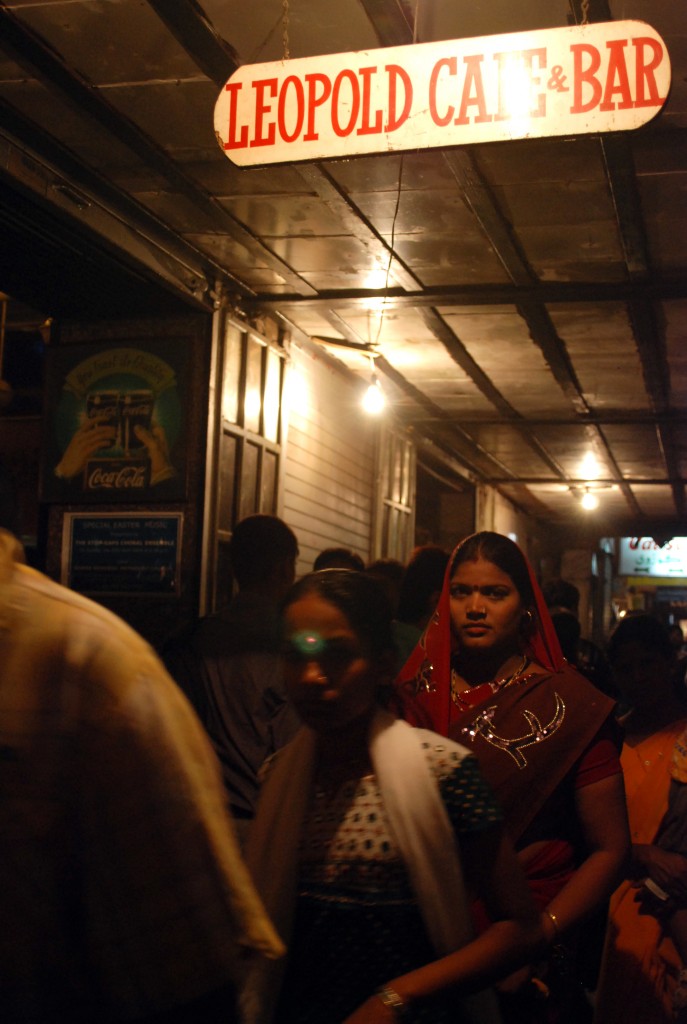

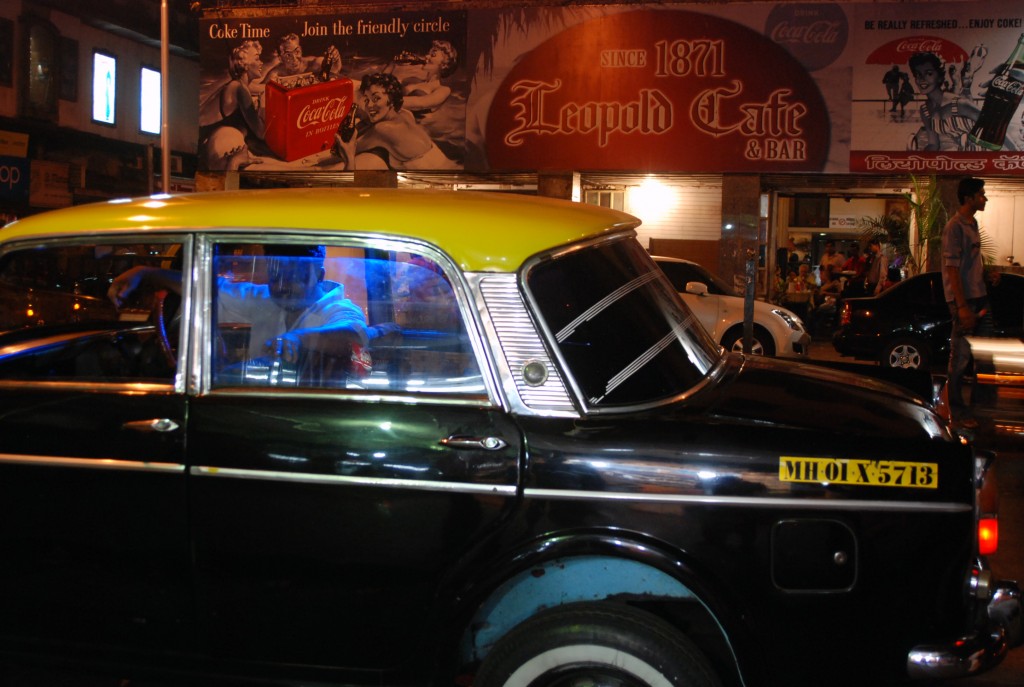
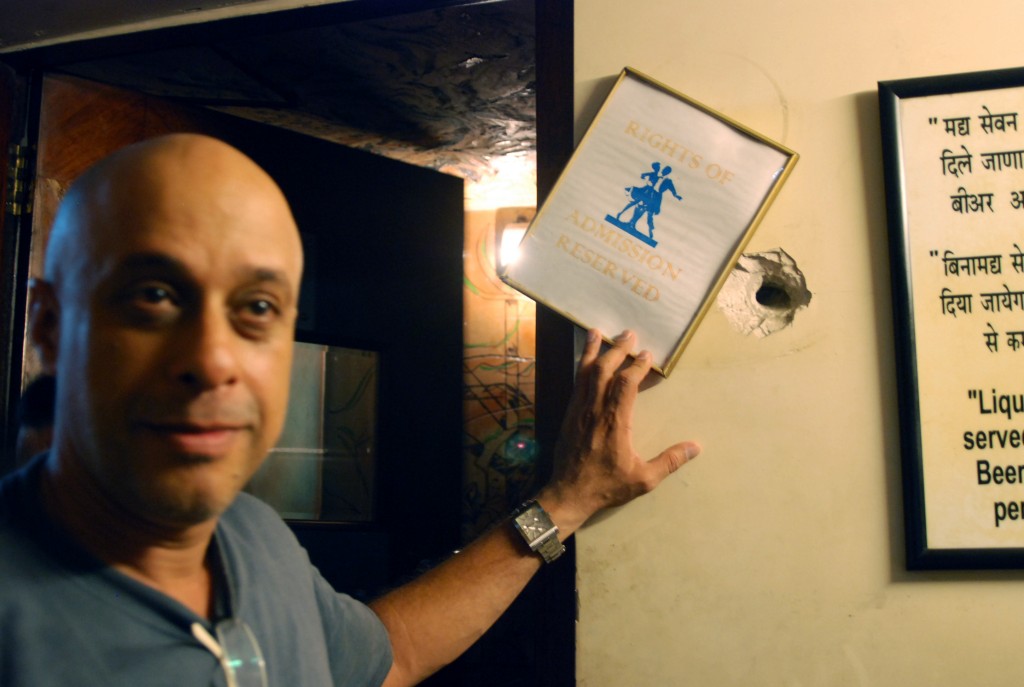
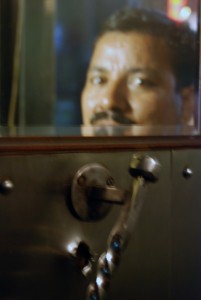


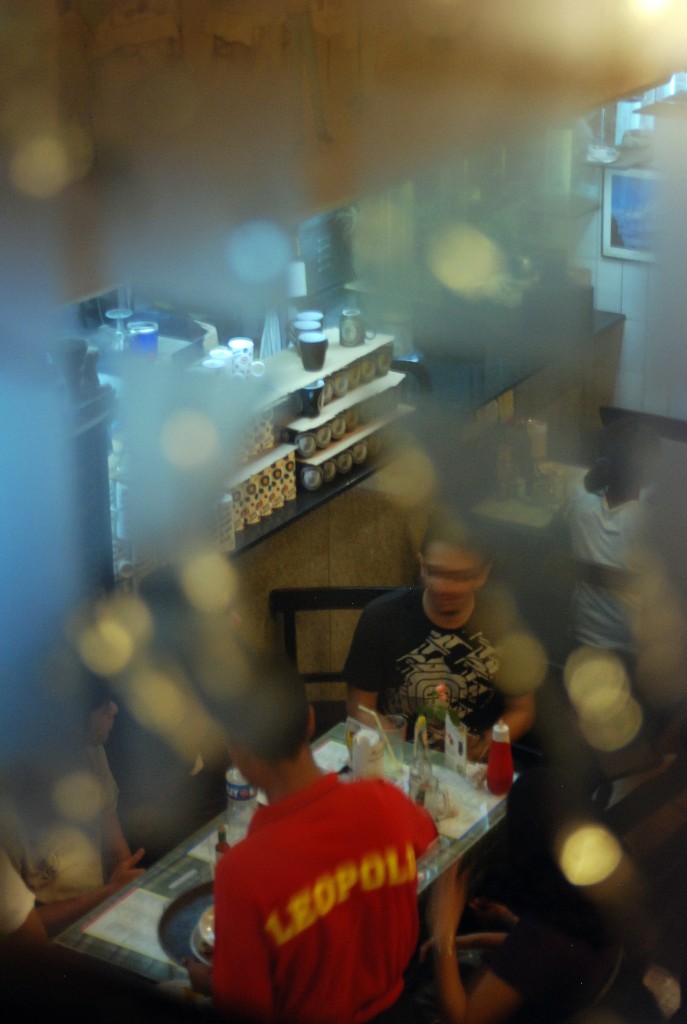
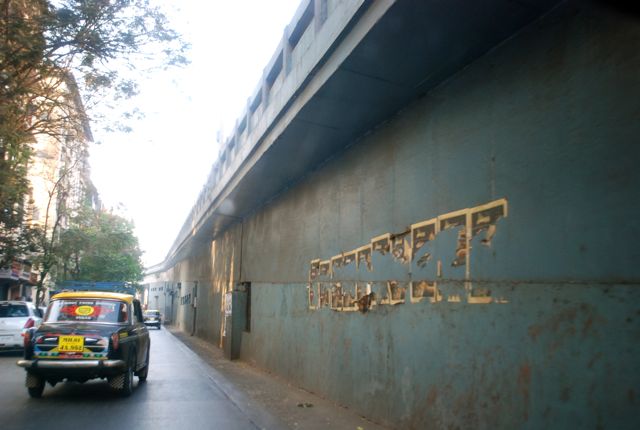
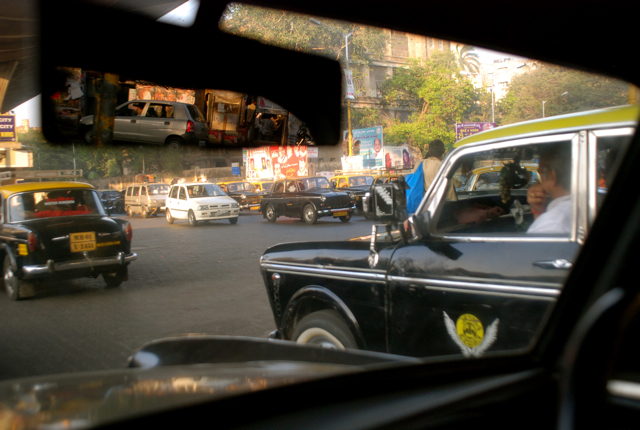

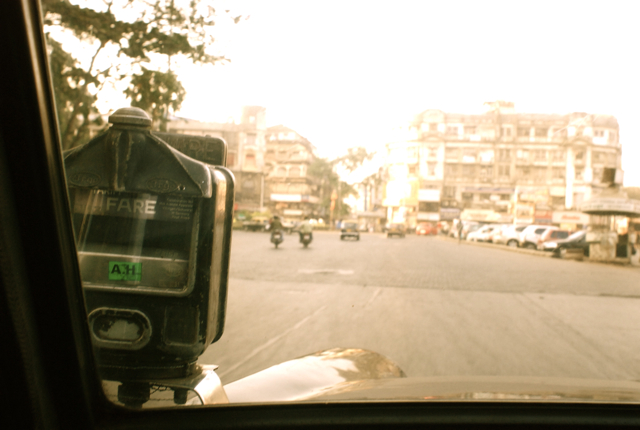
September 17th, 2009 at 1:08 am
They follow the same practice of segregating the women in Japan too, but only during peak hours when the trains are jam packed. There is also a big problem with women being fondled in the trains that are so crowded that the conductors on the platforms actually shove people into them. I guess there is a sense of anonymity in these trains that are so full. Even in one of the most “civilized” countries in the world this problem exists.
Your take on the story seems a bit hyperbolic. I don’t know who the author is (he is listed as Hari Kumar, but who knows what his real name is – the actor Kal Penn comes to mind – real name Kalpen Suresh Modi), but Mr. Kumar has written several other stories from India so I would assume that he is a regular correspondent for the Times. As to why they put it on the cover, I might guess that it was because of the photo. If you look at the other stories on the front page, none of them have the compelling visual that the train picture offers. A gifted photographer like yourself should recognize this appeal.
I really enjoy your blog entries and found the tone of this one to be a bit knee jerk. I could say more, but perhaps this is a blog entry that would have benefited from a day of reflection.
September 17th, 2009 at 4:25 am
I am sorry for making my comments on your previous post. I think I might be a bit sensitive to a perception of US bias when there is so much current internal distortion of US domestic political discourse that troubles me so greatly.
Please don’t make the assumption that I dismiss your observations so cavalierly.
September 18th, 2009 at 12:13 pm
Don, you have a valid point and criticism. Tying US policy into the story is a little way out of a connection but then again I do believe that the US foreign policies come up with great causes like the weapons of Mass destruction etc. to carry out their own vested interests.
Yes women all over the World face harassment, Indian women more so because of the history of social traditions I mentioned. The author, Hari Kumar has done a good job of stating the facts but with little background into the larger issues surrounding the status of women in India. And that’s something which should not be overlooked in a story of this nature I feel.
Yes the images in the NYT’s story are great and thanks I’m taking your comment as a compliment about my own amateur photography.
September 19th, 2009 at 9:54 am
I guess you Gen X and younger Indian women have not travelled in buses much in Delhi – back in our days (the late 60′s)we used to call them “massage machines”- when you are packed in like sardines – you never know who is going to touch who where – most inappropriately. And if a girl complained, instead of helping, the other passaengers laughed at you or smirked. Not much has changed in 40 years – ask your mom about her bus rides in her school/college days – I’m sure she will have a few good stories!
September 25th, 2009 at 2:03 pm
I have traveled in Delhi buses though I’ll admit not many times and yes I think all women in Delhi know to some extent of what you talk of.
I’ll have to ask my mother about her take on all this soon!